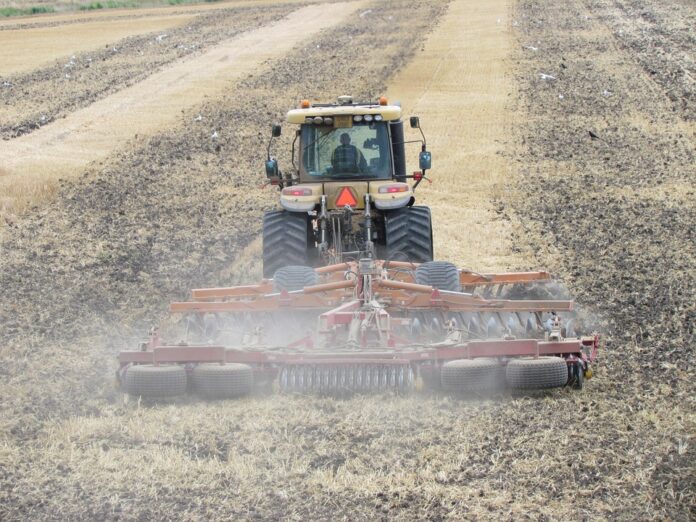Market Dynamics and Trade Flows in Global Rotavator Equipment
The global market for rotavator equipment has been experiencing significant dynamics and trade flows in recent years. Rotavators are agricultural machines used for soil preparation, seedbed formation, and weed control. They are essential tools for modern farming practices, contributing to increased efficiency and productivity in agriculture.
Market Overview
The global rotavator equipment market has been growing steadily due to the increasing mechanization of agriculture, especially in developing countries. According to a report by Market Research Future, the market is expected to reach a value of $2.5 billion by 2023, with a compound annual growth rate (CAGR) of 4.5% during the forecast period.
The demand for rotavator equipment is driven by factors such as the growing population, rising food demand, and the need for sustainable farming practices. Farmers are increasingly adopting rotavators to save time and labor in land preparation, leading to higher productivity and yield.
Key Players
Some of the key players in the global rotavator equipment market include:
1. Mahindra & Mahindra Ltd: A leading manufacturer of agricultural machinery, Mahindra offers a range of rotavator equipment for various farming applications.
2. Kubota Corporation: Kubota is a Japanese multinational company that produces a wide range of agricultural machinery, including rotavators.
3. Deere & Company: Deere & Company, commonly known as John Deere, is a prominent manufacturer of agricultural equipment, including rotavators.
4. CNH Industrial N.V.: CNH Industrial is a global leader in the production of agricultural machinery, with a diverse portfolio of rotavator equipment.
These companies compete in the global market by offering innovative products, expanding their distribution networks, and investing in research and development to meet the evolving needs of farmers.
Trade Flows
The trade flows of rotavator equipment are influenced by various factors, including government policies, trade agreements, and market demand. Countries with large agricultural sectors, such as India, China, and the United States, are major exporters and importers of rotavator equipment.
India, in particular, is a significant producer of rotavator equipment, exporting to countries in Asia, Africa, and the Middle East. The Indian government’s support for the agricultural sector, including subsidies and incentives, has boosted the country’s production and export of rotavators.
On the other hand, countries like the United States and European nations import rotavator equipment to meet the demand for advanced farming technologies. The US, for example, imports rotavators from countries like China, India, and Japan to supplement its domestic production.
Market Trends
Several trends are shaping the global rotavator equipment market, including:
1. Technological Advancements: Manufacturers are incorporating advanced technologies such as GPS systems, automated controls, and precision farming techniques into rotavator equipment to improve efficiency and accuracy in farming operations.
2. Sustainable Agriculture: There is a growing emphasis on sustainable farming practices, driving the demand for rotavator equipment that reduces soil erosion, improves water conservation, and minimizes environmental impact.
3. Online Sales Channels: The rise of e-commerce platforms has made it easier for farmers to purchase rotavator equipment online, offering a convenient and cost-effective way to access a wide range of products.
In conclusion, the global market for rotavator equipment is characterized by dynamic market dynamics and trade flows. Key players are innovating and expanding their market presence, while countries are engaging in trade to meet the demand for agricultural machinery. With technological advancements and a focus on sustainability, the future of the rotavator equipment market looks promising for farmers worldwide.




